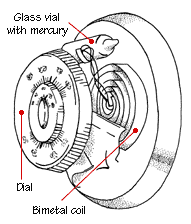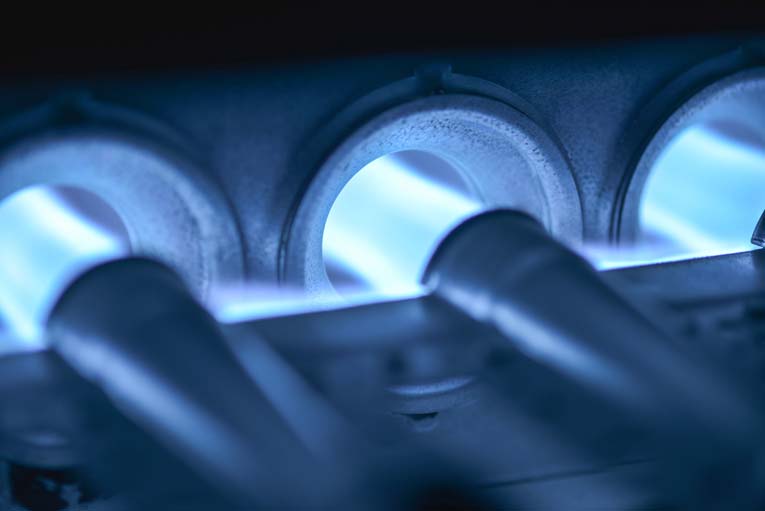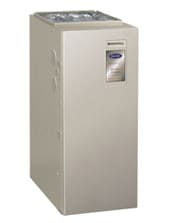
Featured DIY Articles

How to Select Exterior Paint Colors for Your Home
Practical steps for choosing your home’s exterior paint colors, from considering architecture and surroundings to testing samples and understanding color

Vinyl Siding
Expert advice on exterior vinyl siding, with buying guides, consumer reports and DIY tips for installing, replacing and repairing vinyl
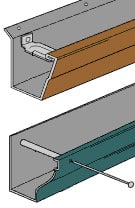
Gutters & Downspouts
Rain gutters and downspouts are critically important for protecting your home from water damage. This page guides you to help

How to Select Exterior Paint Colors for Your Home
Practical steps for choosing your home’s exterior paint colors, from considering architecture and surroundings to testing samples and understanding color theory. In This Article: Consider

Vinyl Siding
Expert advice on exterior vinyl siding, with buying guides, consumer reports and DIY tips for installing, replacing and repairing vinyl siding. Vinyl siding has been

Gutters & Downspouts
Rain gutters and downspouts are critically important for protecting your home from water damage. This page guides you to help with selection, installation, cleaning, and
With today’s soaring real estate values, homeowners often seek innovative ways to make ends meet. One popular strategy is to convert basements into functional living spaces for aging parents or live-at-home young adults, or to generate rental income through platforms like VRBO and Airbnb.
Why We’re Experts
 Don Vandervort writes or edits every article at HomeTips. Don has:
Don Vandervort writes or edits every article at HomeTips. Don has:
• Over 30 years’ experience as a remodeler and builder.
• Written more than 30 home improvement books.
• Served as Senior Editor at Home Magazine
• Appeared as a segment host on HGTV’s “The Fix” for 3 seasons.
• Been a featured expert on MSN.com, US News, and many others.
• Learn more about the trusted HomeTips brand!

Popular Stories

19 Garden Stairs Ideas for a Beautiful Yard
Want to figure out the right type of garden stairs for your yard? Here are some great ideas for different materials and designs you can
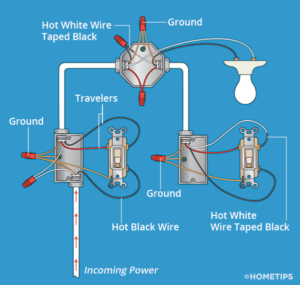
Three-Way Switch Wiring | How to Wire 3-Way Switches
How to wire a pair of three-way switches to turn lights on and off from both ends of a hallway or the top and bottom
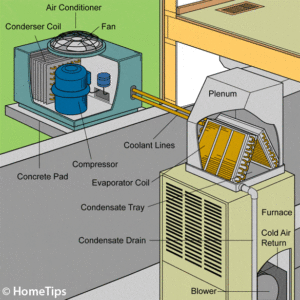
How a Central Air Conditioner Works
How does an air conditioning system work? This expert article, along with diagrams and video, clearly explains how a central air conditioner cools a house
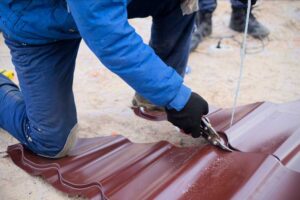
How to Clean and Repair Metal Roofing
Expert advice on how to clean and repair metal roofing, including DIY tips on how to fix rust and patch leaks on metal roofs, and
All About
Rain Gutters
How to Buy Gutter Guards & Leaf Catchers
Gutter leaf guards, screens, and filters help prevent clogged, overflowing gutters. This expert buying guide will help you choose the right gutter guards, offering pros
How to Clean Gutters — DIY Guide
Expert illustrated advice and video on how to clean rain gutters, including DIY roof gutter cleaning techniques and how to hire a gutter cleaning service.
Other Featured Topics
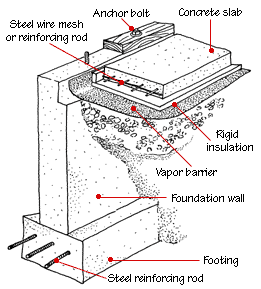
House Foundation Types and Diagrams
How basic foundations are built, including slabs, perimeter foundations, concrete blocks, and piers Overview Type of Foundation Description Common Uses Slab A flat, concrete slab
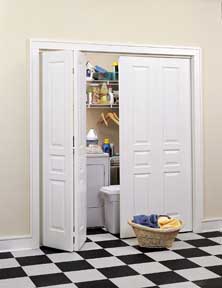
How to Build a Closet
Build a closet yourself, following these illustrated step-by-step techniques, including wall framing and finishing the wall with drywall. In This Article: Planning to Build Closet
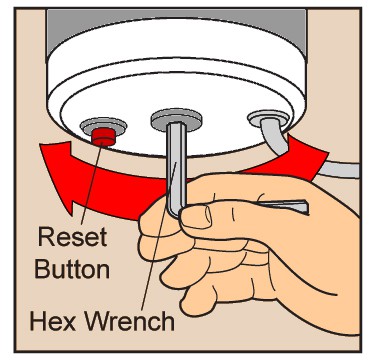
How to Fix a Garbage Disposal – DIY Repair
How to repair a garbage disposal that’s jammed, clogged, leaking, or not draining. Complete illustrated step-by-step garbage disposal troubleshooting and repair guide. In This Article:

Pros & Cons of Metal Roofing
Is metal roofing right for your home? This expert guide reveals the benefits and drawbacks of metal roofing and compares metal roofing to other roofing
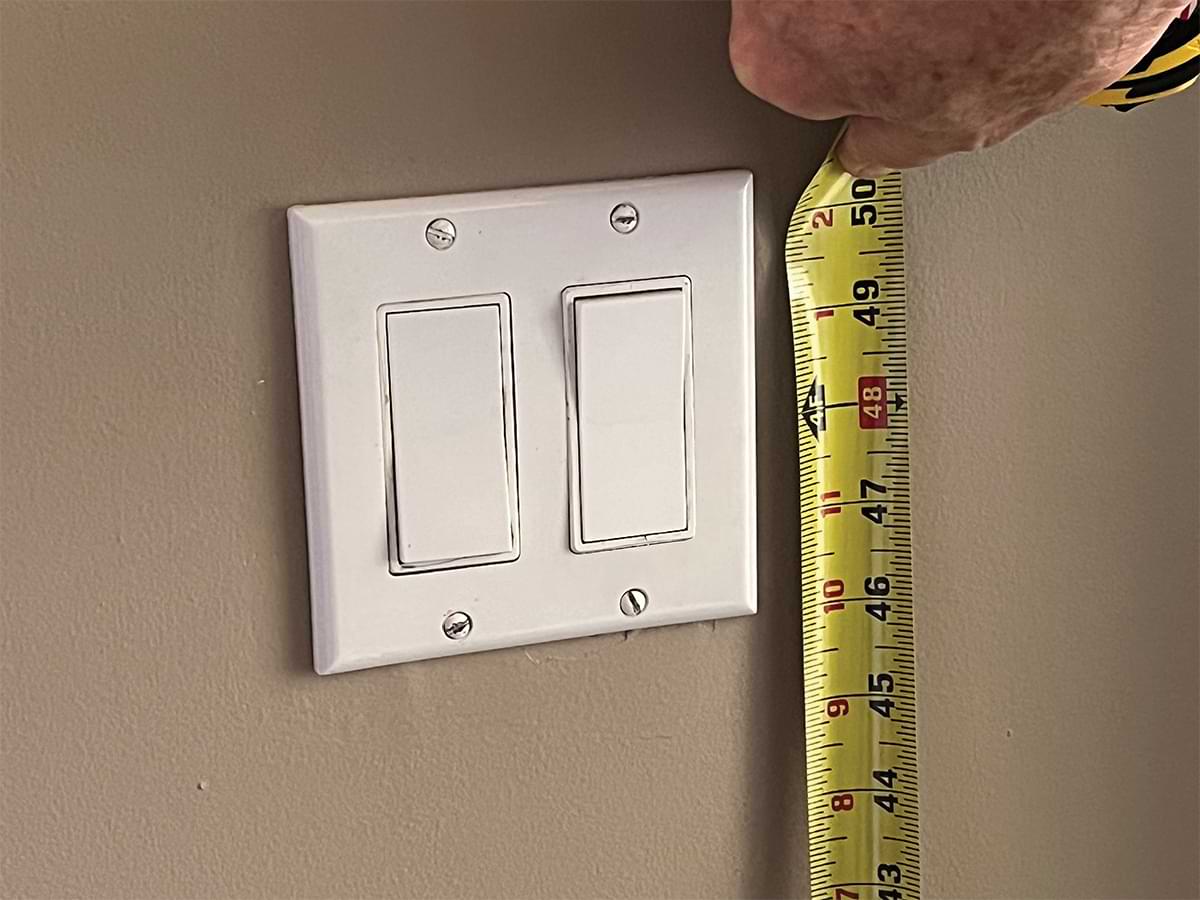
What Is the Standard Light Switch Height?
Have you ever wondered why light switches seem to be placed at the same height in most homes? There’s a reason—an industry standard is set

House Foundation Types and Diagrams
How basic foundations are built, including slabs, perimeter foundations, concrete blocks, and piers Overview Type of Foundation Description Common Uses Slab A flat, concrete slab

How to Build a Closet
Build a closet yourself, following these illustrated step-by-step techniques, including wall framing and finishing the wall with drywall. In This Article: Planning to Build Closet
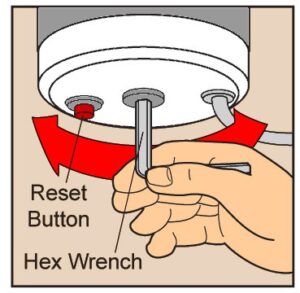
How to Fix a Garbage Disposal – DIY Repair
How to repair a garbage disposal that’s jammed, clogged, leaking, or not draining. Complete illustrated step-by-step garbage disposal troubleshooting and repair guide. In This Article:
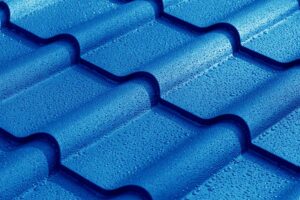
Pros & Cons of Painting Metal Roofing
Can you paint a metal roof? In many cases, yes! This expert article looks at the benefits and drawbacks of painting metal roofing, discusses typical
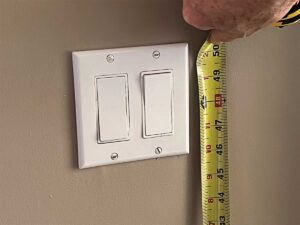
What Is the Standard Light Switch Height?
Have you ever wondered why light switches seem to be placed at the same height in most homes? There’s a reason—an industry standard is set
Expand Your Knowledge
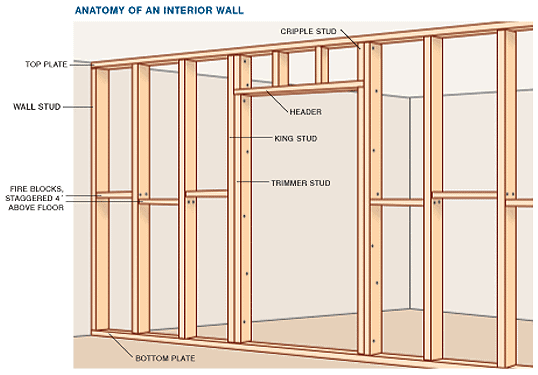
What Is a King Stud?
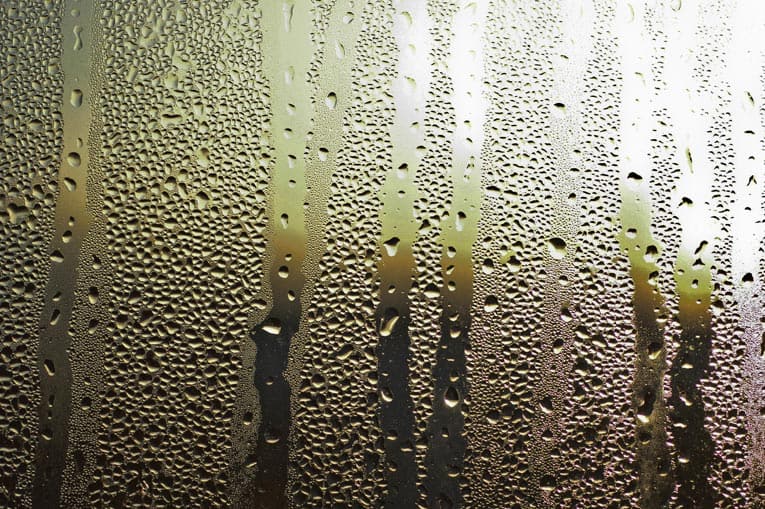
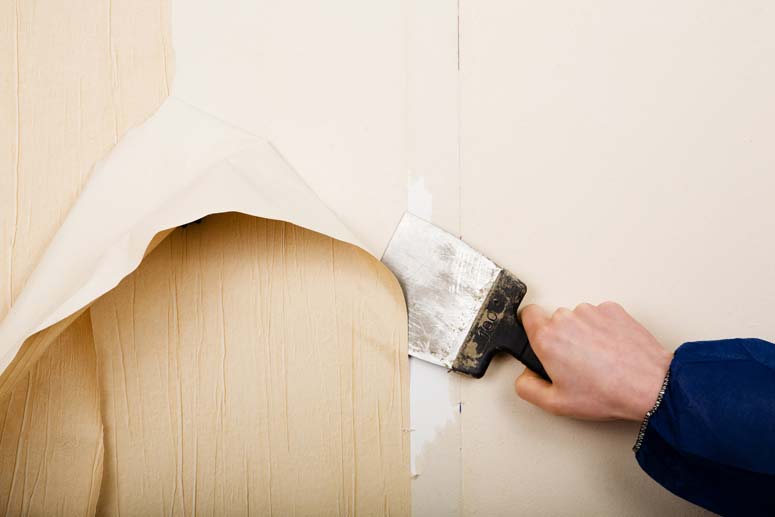
6 Effective Ways to Remove Old Wallpaper
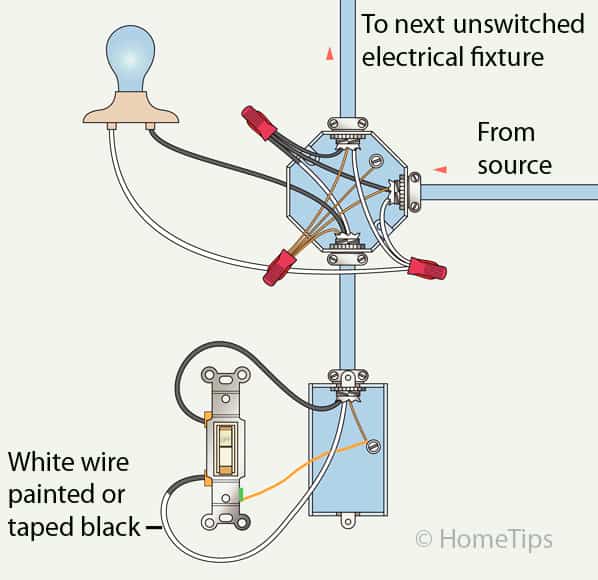
How to Wire a Standard Light Switch
Best Buying Advice
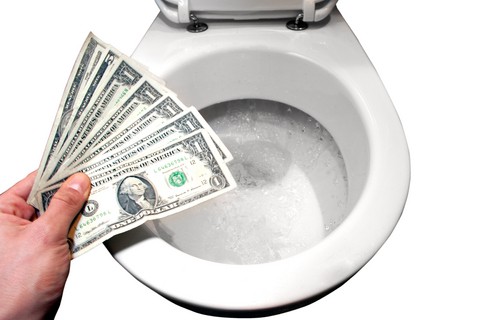
Is A Home Warranty Worth The Money?
If you are a homeowner, a home warranty can save you money on repairs—if you choose the right company. In This Article: What Is a
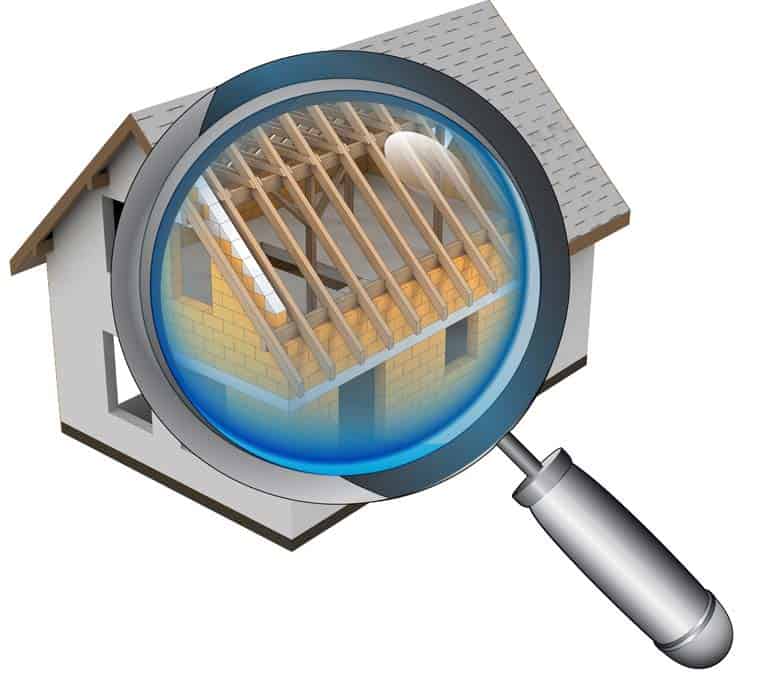
5 Critical Tips for Hiring the Right Home Inspector
If you’re buying a house, this expert advice will help you find a qualified home inspector you can trust. In This Article: What Does a

9 Quick Ways to Boost Your Home’s Curb Appeal
Does your house need a little curb appeal? Whether you want to punch-up your house for a quick sale or inspire family and neighborhood pride,
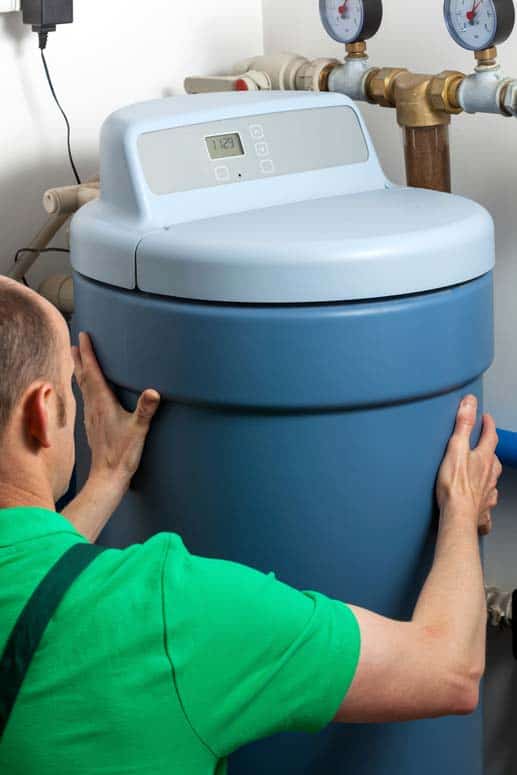
How to Install a Water Softener
Problems with hard water? Here’s expert advice on where and how to install a water softener. In This Article: Where to Install a Water Softener
All About Heating & Cooling Your Home
Decorate Your Home

How to Select Exterior Paint Colors for Your Home
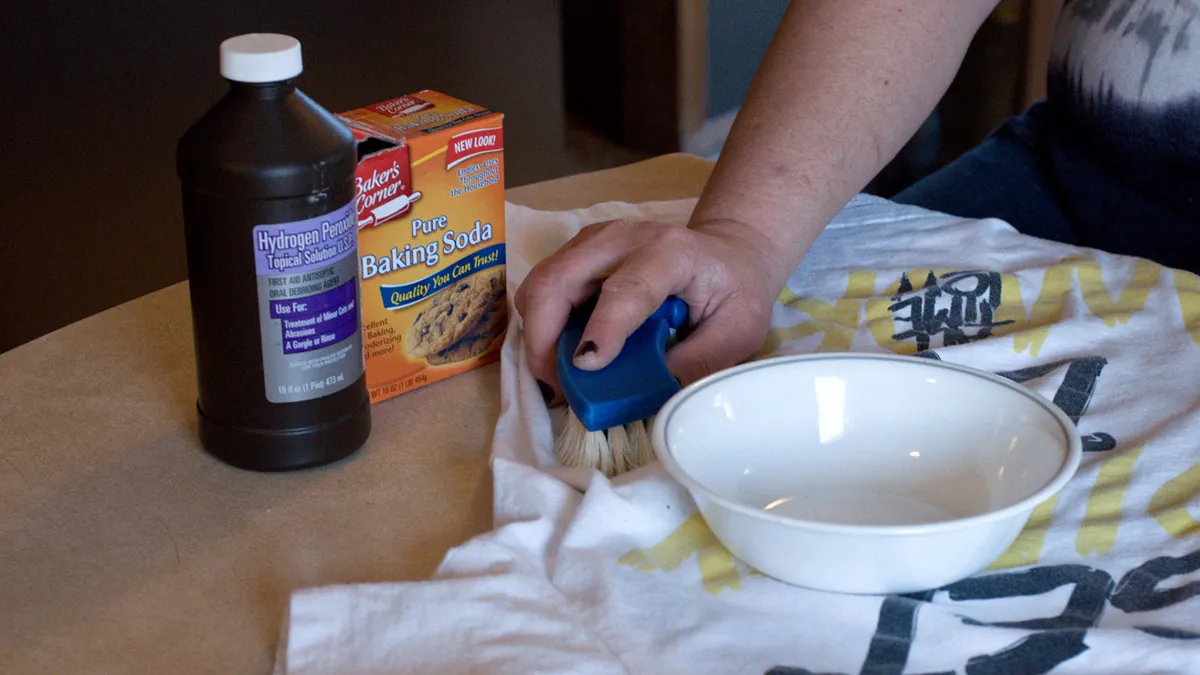
Healthy Home, Happy Planet: Natural Cleaning Hacks

Pet-Friendly Home: Clever Hacks for a Happy Pet and a Clean House

Pet Hacks That Will Save You Time and Money



